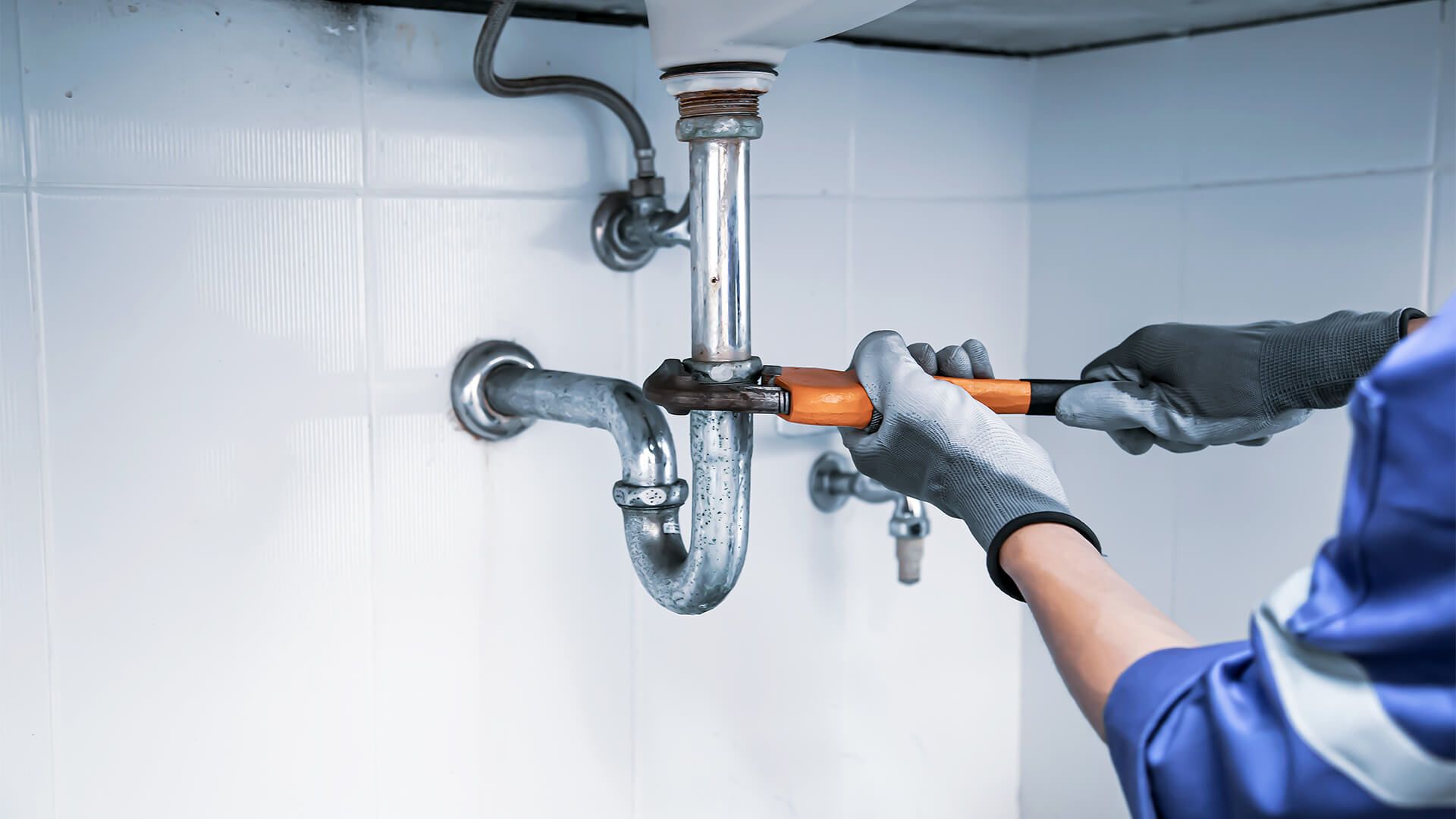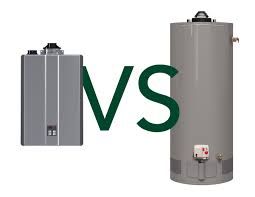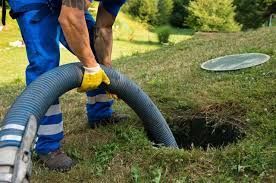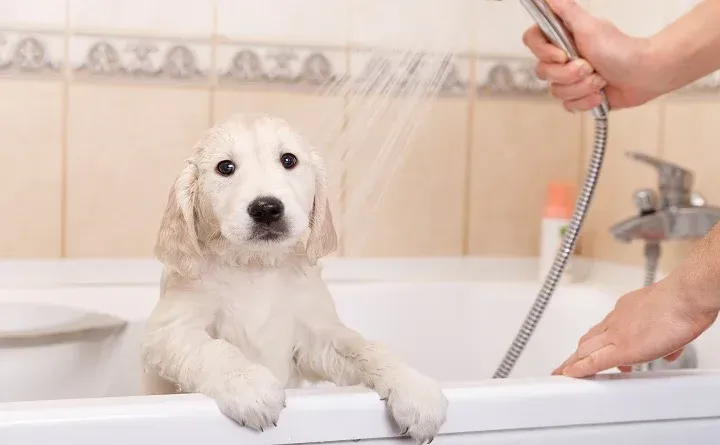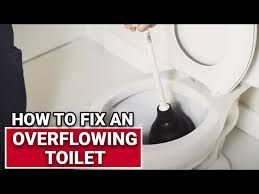How Long Should a Sump Pump Last? Signs of Wear and Tear
Sump pumps are critical for protecting your home from water damage by channeling excess water away from your property. However, like any appliance, they have a lifespan and will eventually need replacement. Understanding how long a sump pump typically lasts and recognizing the signs of wear and tear can save you from unexpected failures. This comprehensive guide will walk you through the factors that impact a sump pump's longevity, the warning signs that it’s nearing the end of its life, and tips for extending its lifespan.
"Common Sump Pump Problems and How to Fix Them"
Average Lifespan of a Sump Pump
On average, a sump pump lasts around 7 to 10 years, depending on usage, maintenance, and environmental factors. If your pump is nearing the decade mark, it’s wise to consider a replacement or a professional inspection to assess its performance.
Key factors that influence the lifespan include:
Frequency of Use: Pumps that run more frequently due to high water tables or heavy rainfall may wear out faster.
Quality of Installation: A properly installed pump is less prone to mechanical issues.
Type of Pump: Submersible pumps generally last longer than pedestal pumps due to their enclosed design.
Signs Your Sump Pump May Be Failing
1. Frequent Cycling On and Off
If your sump pump cycles on and off repeatedly, even during dry conditions, it may indicate a problem with the float switch or the pump’s wiring. Continuous cycling can lead to premature wear.
2. Unusual Noises During Operation
Grinding, rattling, or other unusual noises could point to worn-out components like the impeller or motor. These noises often signal that the pump is working harder than necessary, reducing its efficiency and lifespan.
3. Reduced Pumping Efficiency
A pump that fails to clear water effectively or operates slower than usual is a clear sign of wear. This inefficiency may be due to blockages, motor issues, or corrosion within the pump.
4. Visible Rust or Corrosion
Over time, sump pumps exposed to water and air can develop rust or corrosion. This is particularly common in older cast-iron pumps. While some rust may not immediately affect performance, extensive corrosion can compromise the pump’s structural integrity.
5. Persistent Vibrations
Vibrations during operation, especially if they seem excessive, may indicate a misaligned or damaged impeller. Left unchecked, this can lead to further internal damage.
6. Failure to Activate
If the pump doesn’t turn on when water levels rise, it could indicate a problem with the float switch, electrical wiring, or the motor itself.
7. Frequent Power Loss
A sump pump that loses power during storms or high-demand periods may not be reliable. This could be due to poor wiring or an aging motor.
Factors That Impact a Sump Pump’s Longevity
1. Maintenance Frequency
Regular maintenance, including cleaning and testing the pump, significantly extends its lifespan. Ignoring routine checks can cause small issues to escalate.
2. Type of Water Pumped
Sump pumps exposed to debris-laden or sandy water experience greater wear on components, reducing their effective life.
3. Environmental Conditions
Homes in areas with heavy rainfall or high water tables demand more frequent sump pump use, which accelerates wear.
4. Quality of the Unit
Investing in a high-quality sump pump from reputable manufacturers often pays off in durability and performance.
Extending the Life of Your Sump Pump
A sump pump is a crucial component in keeping your basement dry and free from water damage, but like any mechanical device, it requires a little attention to ensure it operates at peak efficiency for years to come. Here are some practical tips to extend the life of your sump pump and safeguard your home.
1. Regular Inspections
Check the pump every few months for any signs of wear or blockages. Ensure the float switch moves freely and the discharge pipe is unobstructed.
2. Cleaning the Pump and Pit
Remove debris, silt, and any materials that could clog the pump or its components. Cleaning keeps it operating efficiently.
3. Installing a Backup System
Power outages during storms can render your pump useless. A battery backup ensures the system continues to operate during emergencies.
4. Professional Servicing
Have your sump pump serviced by a professional annually to address minor issues before they escalate.
When Should You Replace Your Sump Pump?
If your sump pump exhibits multiple signs of wear or is nearing its expected lifespan, replacement is often the safest choice. Modern sump pumps come with advanced features such as higher efficiency and smart monitoring systems, providing additional peace of mind.
Conclusion
Understanding how long a sump pump lasts and the signs of wear and tear can save you from unexpected failures and costly water damage. Regular maintenance, prompt repairs, and knowing when to replace your pump will ensure your home remains protected year-round. If you suspect your sump pump is underperforming, contact a professional for a thorough inspection or replacement. A little attention today can save you significant trouble tomorrow!

